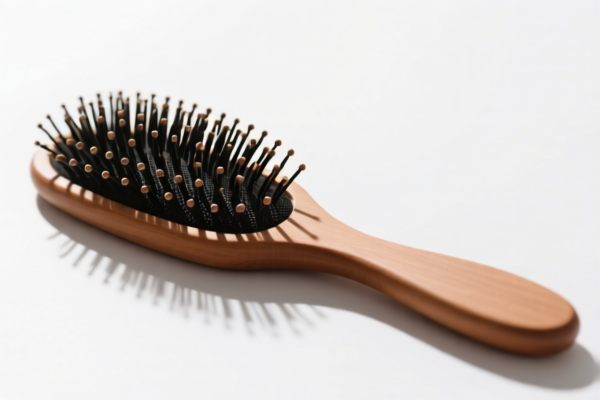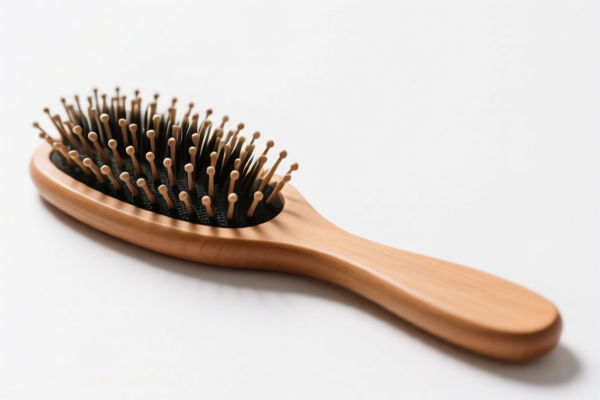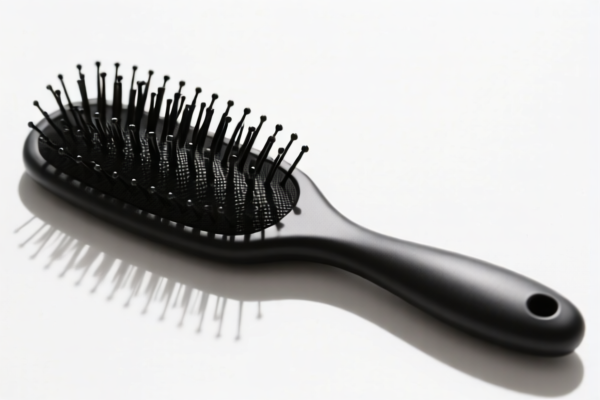| HS Code | Official Doc | Tariff Rate | Origin | Destination | Effective Date |
|---|---|---|---|---|---|
| 3926903000 | Doc | 59.2% | CN | US | 2025-05-12 |
| 3924104000 | Doc | 33.4% | CN | US | 2025-05-12 |
| 3924905650 | Doc | 40.9% | CN | US | 2025-05-12 |
| 9603500000 | Doc | 37.5% | CN | US | 2025-05-12 |




Car Brush
A car brush is a tool used for cleaning vehicles, primarily removing dirt, dust, and debris from the exterior surfaces. These brushes come in various forms, each suited for different cleaning tasks and areas of the vehicle.
Materials
Car brushes are constructed from a range of materials, influencing their durability, effectiveness, and suitability for various surfaces:
- Bristles: Commonly made of:
- Natural Hair (Boar Hair): Soft, excellent for delicate surfaces, and effective at lifting dirt without scratching. Often used in detailing brushes.
- Synthetic Fibers (Nylon, Polypropylene): Durable, resistant to chemicals, and suitable for general cleaning. Varying stiffness levels are available.
- Microfiber: Very soft, highly absorbent, and non-abrasive. Ideal for washing and polishing.
- Handles: Typically made of:
- Plastic: Lightweight, durable, and affordable.
- Wood: Traditional material, offering a comfortable grip but requiring more maintenance.
- Metal: Robust and often used for extension handles.
- Shafts (for long-handled brushes): Commonly aluminum or stainless steel for strength and corrosion resistance.
Purpose & Function
The primary purpose of a car brush is to dislodge and remove contaminants from the vehicle's exterior without causing damage to the paintwork. Different brush designs cater to specific cleaning functions:
- Washing: Brushes with softer bristles are used with soap and water to lift dirt and grime.
- Detailing: Smaller brushes with fine bristles are used for cleaning intricate areas like emblems, grills, and wheel wells.
- Polishing/Waxing: Brushes designed for applying and buffing waxes, polishes, and protectants.
- Interior Detailing: Brushes used for cleaning upholstery, carpets, and vents.
- Tire Cleaning: Stiffer brushes are used for scrubbing tire sidewalls and removing brake dust.
Usage Scenarios
Car brushes are employed in a variety of cleaning scenarios:
- Automated Car Washes: Large, rotating brushes used in commercial car wash facilities.
- Hand Washing: Users manually wash their vehicles using brushes with soap and water.
- Detailing: Professional detailers and enthusiasts use brushes to meticulously clean and restore vehicle surfaces.
- Maintenance: Regular cleaning to prevent the buildup of dirt and contaminants.
- Pre-Wash: Removing loose dirt before a more thorough wash to prevent scratching.
Common Types
- Wheel Brushes: Specifically designed for cleaning wheels and tires, often with curved shapes to reach all areas.
- Detailing Brushes: Small, fine-bristled brushes for intricate areas. Available in various shapes and sizes.
- Wash Brushes: Larger brushes with softer bristles for general washing.
- Snow Brushes: Designed for removing snow and ice from vehicles. Often have a foam or rubber head in addition to bristles.
- Interior Detailing Brushes: Varying sizes and shapes for cleaning upholstery, vents, and dashboards.
- Boar Hair Detail Brushes: Premium brushes with natural boar hair bristles, ideal for delicate surfaces and applying liquids.
- Extension Handle Brushes: Long-handled brushes for reaching roofs and other hard-to-reach areas.
The declared goods, “car brush”, fall under several potential classifications based on the provided information. Here's a breakdown of relevant HS codes:
- 9603.50.00.00: This HS code covers “Other brushes constituting parts of machines, appliances or vehicles”. Given that a car brush is used as part of a vehicle (car), this is a highly relevant classification. The two-digit sections represent:
- 96: Other made-up articles, of materials not elsewhere specified.
- 03: Brushes, paint brushes, brushes constituting parts of machines, appliances or vehicles.
- 50: Other brushes constituting parts of machines, appliances or vehicles.
- The applicable tax rate is a base tariff of 0.0%, a surcharge of 7.5%, and a surcharge of 30% after April 2, 2025, resulting in a total tariff of 37.5%.
According to the provided reference material, the HS code options related to 'car brush' are limited, with only the following 1 found.
Regarding HS code 9603.50.00.00, please note the need to verify that the brush is indeed constituting parts of machines, appliances or vehicles.
Customer Reviews
No reviews yet.